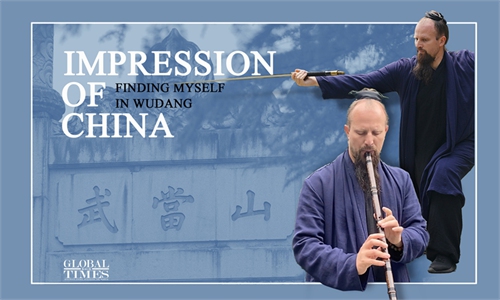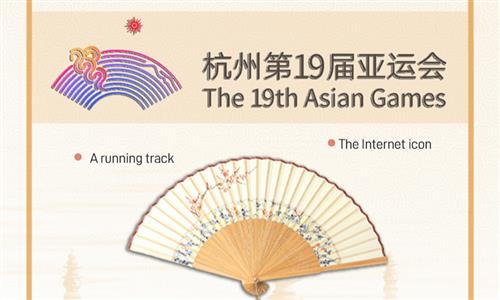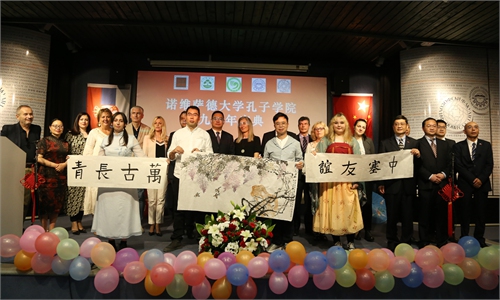ARTS / CULTURE & LEISURE
Folk clay figurine ‘blind boxes’ win over young people
From the soil
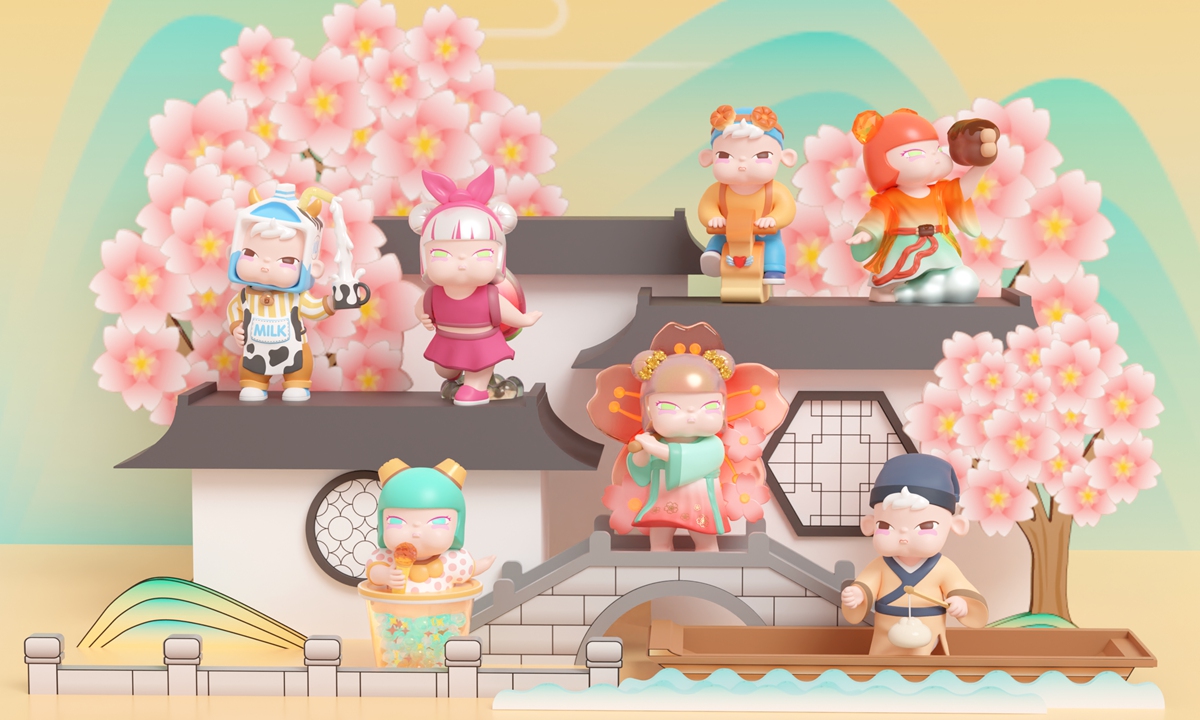
Huishan clay figurines Photo: Courtesy of Huishan Clay Figurine Factory
Editor's Note:
How can art and culture from the past survive in a globalized world? Inheriting the treasure of art and culture from the past thousands of years, young Chinese have created a new trend - Guochao, or China chic. It refers to a movement started off by an increasing number of young people who are endeavoring to revive and reinvent China's traditional culture.
We can see fashion designers drawing inspiration from the precious murals inside the Yungang Grottoes, and traditional instrument players creating all new trendy music on the pipa. These young Guochao trendsetters have helped pass down China's cultural legacies, preserving them for future generations.
In this new column, the Global Times will interview inspiring people who are using wisdom and creativity to reinterpret traditional Chinese culture in their particular fields of expertise.
The third installment focuses on the reinvention of a very down-to-earth art: Chinese clay figurines.
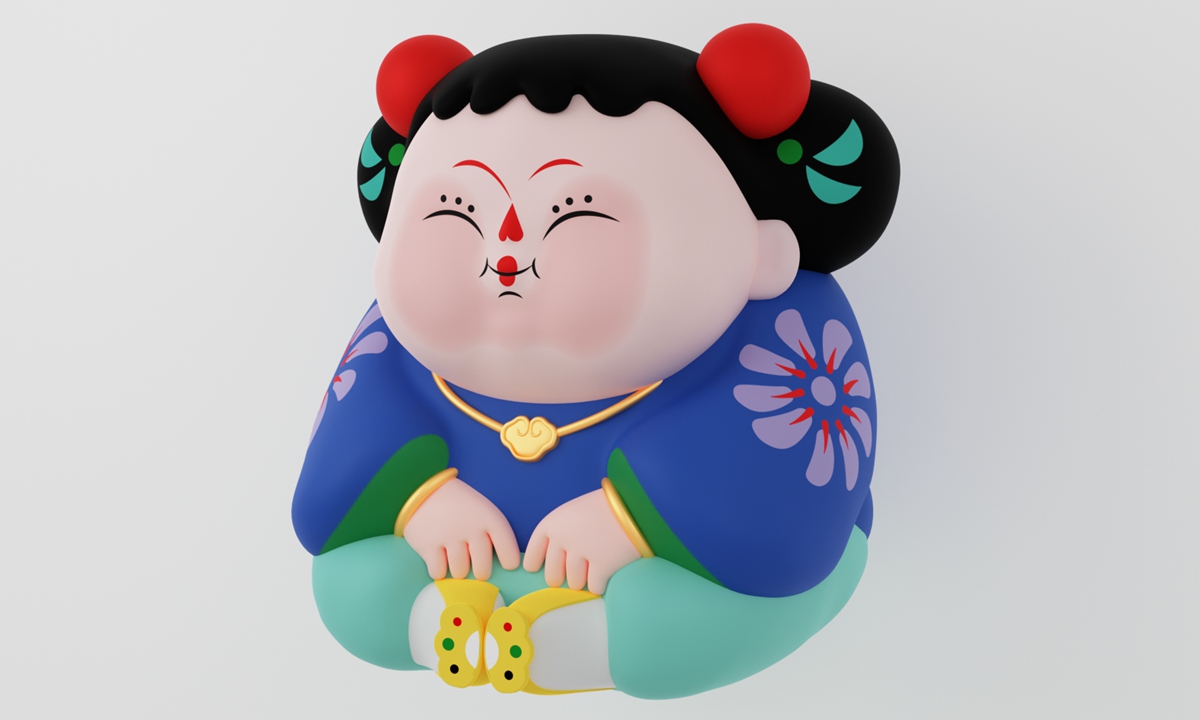
A Huishan clay figurine Photo: Courtesy of Huishan Clay Figurine Factory
Chinese clay figurines, a folk art that epitomizes the country's ancient agricultural civilization with its "from the soil" nature, have been relegated to a marginal role in the lives of young people amid the rapid urbanization of recent decades."However, this art is ingrained in us all, as we sow seeds in the earth and use this material as a medium of expression and creativity," Wang Jie, vice general manager of the Huishan Clay Figurine Factory in Wuxi, East China's Jiangsu Province, told the Global Times. To preserve and promote this art form, Wang and his team came up with an innovative idea: put the figures in blind boxes.
A type of packaging that keeps its contents hidden, blind boxes satisfy the psychological need for curiosity, excitement, and novelty among young consumers who are bored or stressed by their daily lives. According to Tmall, China's largest online marketplace, about 200,000 post-1995 consumers bought blind boxes on its platform in 2019.
Blind boxes have been seen as one of the most lucrative business models in China since it emerged back in 2012. The 70-year-old clay figurine factory also noticed its appeal to Chinese youth.
In regard to the Huishan clay figurines, local elements were transformed into anthropomorphic figures for its first seven blind box characters. After 10,000 boxes were distributed to various trendy toy stores, the resulting monthly sales astonished the creators.
Over the weekend, the factory brought its most iconic characters, named A Fu and A Xi, to the recent China (Wuxi) International Design Expo to promote their products and their very inspiring ideas about Huishan clay figurines, which was listed as a national intangible cultural heritage in 2006 along with nine other clay figurine folk arts.
Inside the enormous venue, many young people queued up in front of the company's booth to get a cup of coffee and a lovely clay figurine blind box decorated with exquisite designs.
Wang said the adorable blind box figurines, the company's first cultural and creative product, were launched in 2022. They became and still remain the most popular product in the market devised by the factory so far.
Huishan clay figurines can be traced back over 400 years ago to the Ming Dynasty (1368-1644).
"The most basic material of Huishan clay figurines is the muck soil 40 to 100 centimeters under the rice fields in the Huishan area in Wuxi," Wang explained while pointing at one of the company's innovative products on display at the exhibition hall.
"I paid for at least two of these blind boxes because they are so cute and unique. They also remind me of my childhood and my culture," Li Meng, a local 25-year-old customer from Jiangsu, told the Global Times. "Each figurine has a story behind it, and I feel like I'm learning something new every time I open one."
In November, all of the factory's designs will be taken to Malaysia, marking their debut overseas for a broader audience.
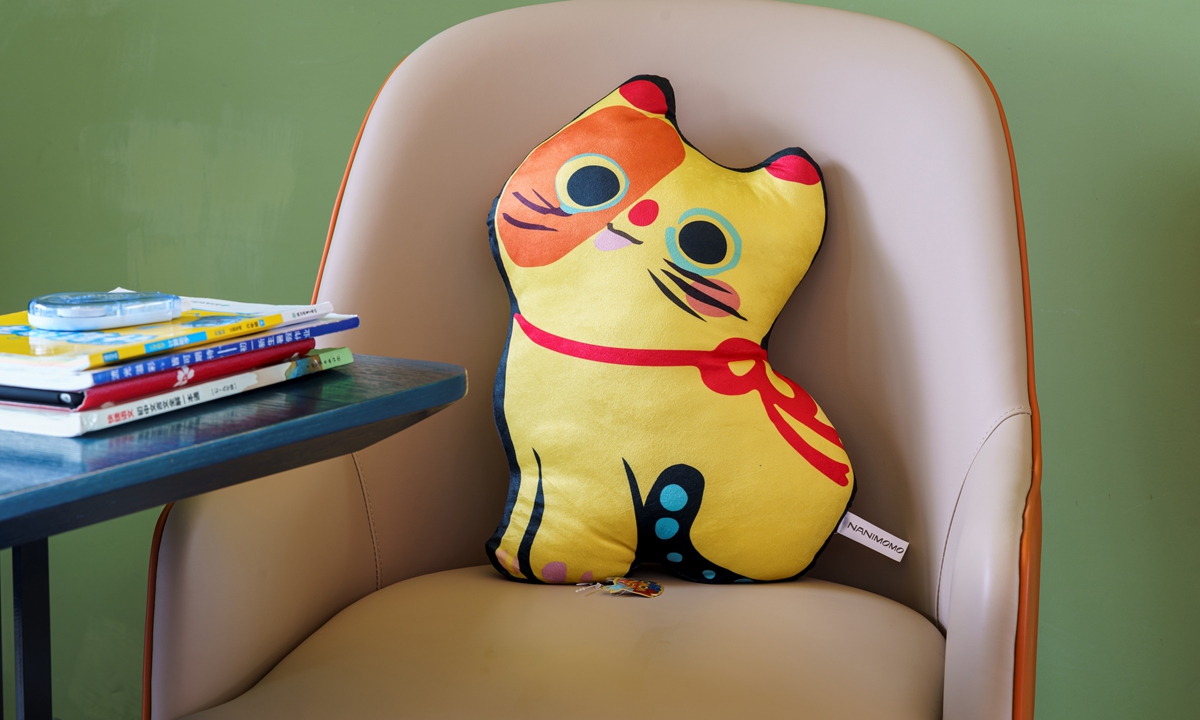
An animal-shaped pillow inspired by the monster in the legend of A Fu Photo: Courtesy of Huishan Clay Figurine Factory
Beast into businessHuishan clay figurines reached their zenith during the Qing Dynasty (1644-1911). These clay figurines can be classified into "coarse" and "fine" categories. Coarse figurines are mainly toys and often feature auspicious and blessing themes. They are made using molds and hand-painted with exaggerated shapes and simple lines, as they are intended for children's amusement.
"When the clay figurines were created and popularized here in Wuxi in ancient times, they were fixed into two figures of a boy and a girl. But we are making breakthroughs in regards to their image," said Wang.
"Elements range from Yuantouzhu cherry blossoms, the most representative object that people can find on the banks of Taihu Lake, to local cuisine, where Xiaolongbao [steamed soup dumplings] and fried spare ribs all have become the subjects of our improvement for clay figurines," added Wang.
To further attract young customers and even international guests, the factory gave its creative department a new name for brand promotion: NANIMOMO. Derived from the Wuxi dialect, "nani" means Huishan, and "momo" the clay figurines themselves.
So far, the company has nearly 50 kinds of products based on the two traditional images, covering notebooks, bags, pillows and table decorations. In its newest release, the company is introducing a new set of images to fit into its Huishan Clay Figurine Legend Picture Book.
"Legend has it that A Fu was first offered in local temples as a god to ward off evil spirits, as a wild beast constantly disturbed the locals and left their lives restless. A Fu conquered the beast and calmed it down by simply holding it in his arms."
The creative crew decided to recruit the wild beast into the business, and transformed it into a more adorable appearance, one staff member introduced to the Global Times while pointing at a wild beast pillow.
In addition to its creative product line, coffee shops are another important innovation the company is using to popularize these figurines and carry out its social responsibilities.
Among the 10 cafés open now in Wuxi, one is quite special for its recruitment of baristas who suffer from hearing loss.
Most of the café locations are inside scenic areas, where visitors are expected to step into a coffee shop for a rest while having a chance to make their own Huishan clay figurines.
For local people, the memory of clay figurines is the memory of classics and traditions. Currently, there are about 30 young masters in the factory who continue to make Huishan traditional clay figurines, many of whom were born in the 1990s.
"In terms of innovation, whether it is the coffee or cultural and creative products, the profits generated will be fed back to this intangible cultural heritage, such as expanding the intangible cultural heritage team. Our cultural creation also relies on this intangible cultural heritage IP image," said Wang.
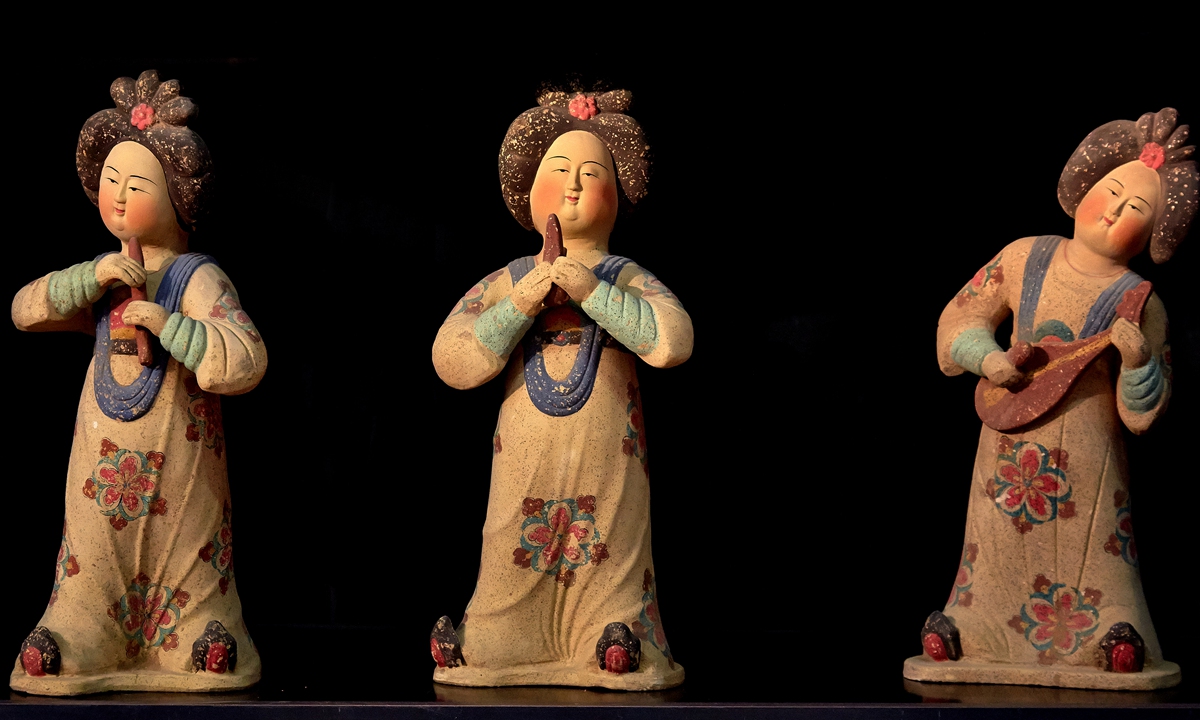
Tang Dynasty (618-907) pottery figurines Photo: VCG
Reinvention never stopsSoil is the soul of China, as the eminent scholar Fei Xiaotong observed in his seminal work From the Soil, a penetrating analysis of Chinese rural society in the 1940s. The same can be said of folk art, which draws its inspiration and material from the earth itself.
Consider Huishan clay figurines, for instance. These exquisite sculptures are made from the rich and fine clay that lies beneath the rice fields of Huishan, a district in Wuxi. The clay has a remarkable property: It can be molded and shaped without cracking or breaking, making it ideal for crafting delicate and detailed figures.
But the art of clay figurines goes back much further than Huishan. In fact, it can be traced to the dawn of Chinese civilization, when people in the Neolithic period (4,000-10,000 years ago) began to fashion clay into various forms and animals.
For example, at the Peiligang cultural site in Xinzheng, Henan Province, archaeologists have discovered clay pigs and sheep heads that date back about 7,000 years, attesting to the ancient origins of clay art.
Over time, different regions developed their own distinctive styles and features of clay figurines, with two prominent representatives being Clay Figure Zhang from Tianjin and Huishan Clay Figurine from Wuxi.
The former is a folk art of colored clay figures that originated in the late Qing Dynasty and is named after its founder Zhang Mingshan from Tianjin.
Zhang's clay figurines are known for their realistic expressions, elegant colors, and strong realism, capturing the characters' personalities and postures.
Besides the Northern School of Clay Figure Zhang and the Southern School of Huishan Clay Figurines, there is also the Central Plains School, which emphasizes handmade molding, Hu Wenjun, a young culture reporter and clay art practitioner based in Henan, told the Global Times.
"Their creations typically lack vibrant colors or embellishments, striving to maintain an earthy and natural appearance. These figurines rely on variations in body postures and facial expressions to convey the essence, vitality, and spirit of the characters," Hu added.
The inheritors of this art form have never ceased to reinvent and revitalize their clay culture.
In 2022, during the Henan Spring Festival Gala, a children's dance performance titled Yellow River Mud Babies was based on some Central Plains clay figurines created by Zhao Enmin, showcasing the heritage of Yellow River culture through intangible clay sculpture techniques.
"After the performance was broadcast online, we found 20 percent of the viewership came from overseas. This shows the international interest in Chinese culture," Zhao told local media.
"Zhao's artistic practice illustrates that intangible cultural heritage can evolve with the times and create new innovations. It not only adapts to the new urban lifestyles of the modern era but also extends beyond national borders to step onto the world stage," Wang Zhenjun, a professor at the School of Journalism and Communication at Zhengzhou University, told local media.
